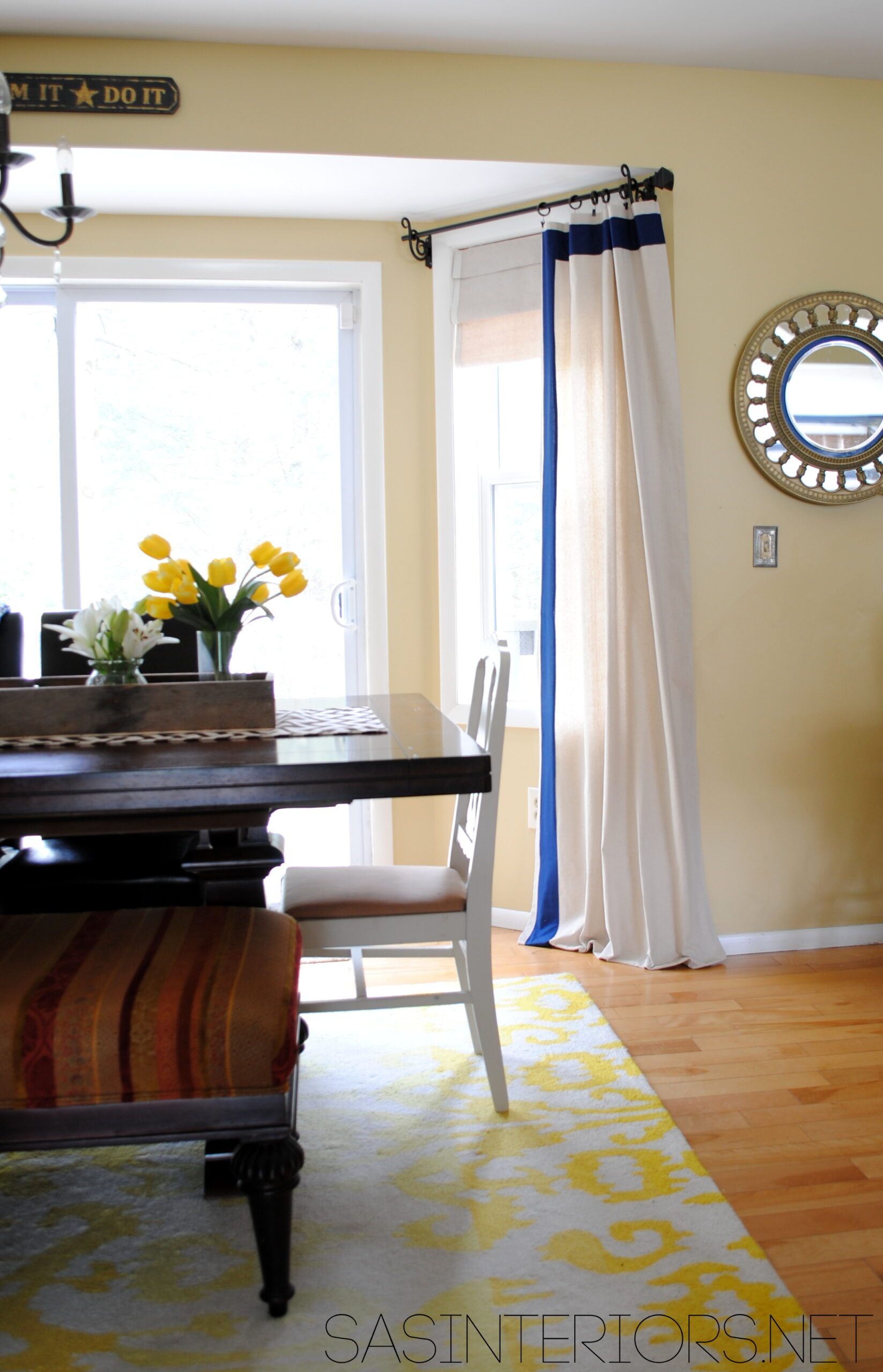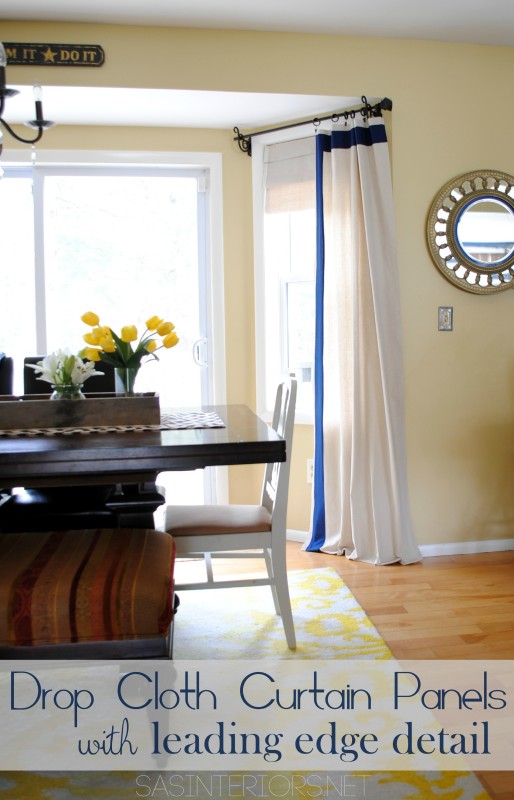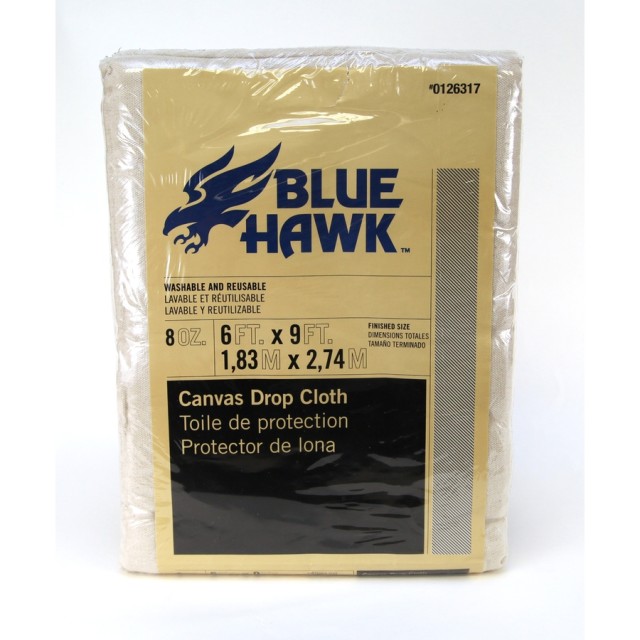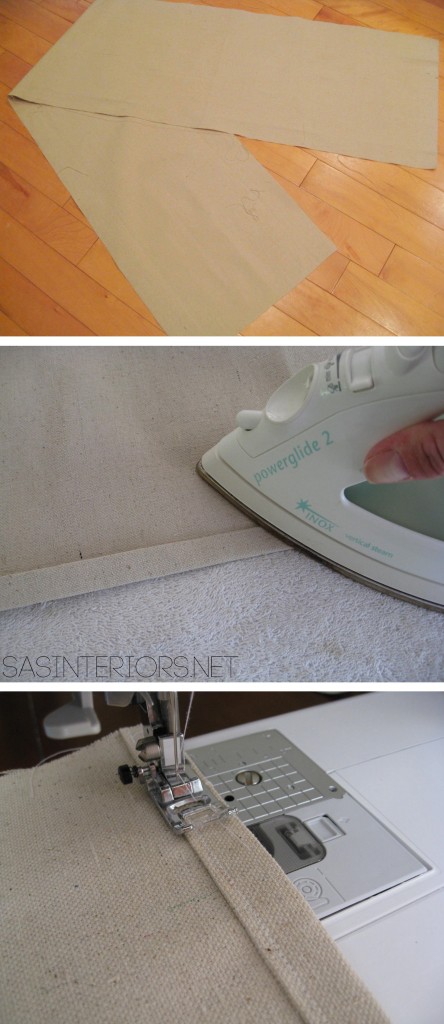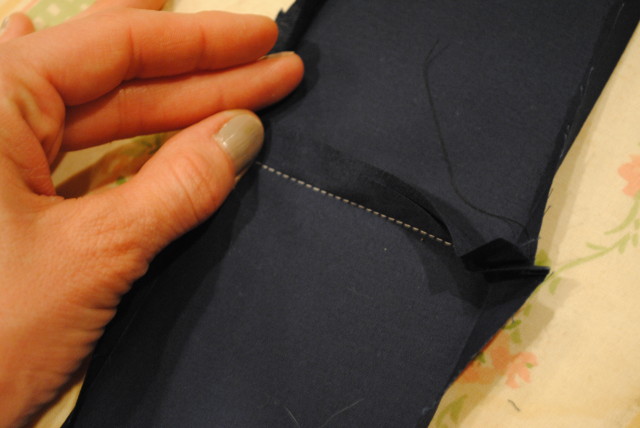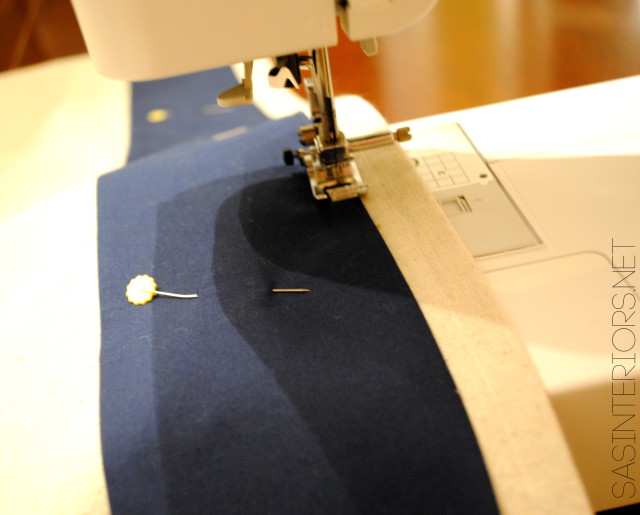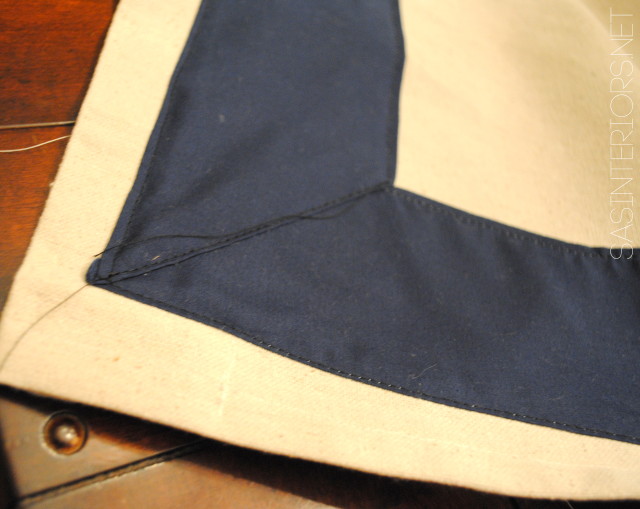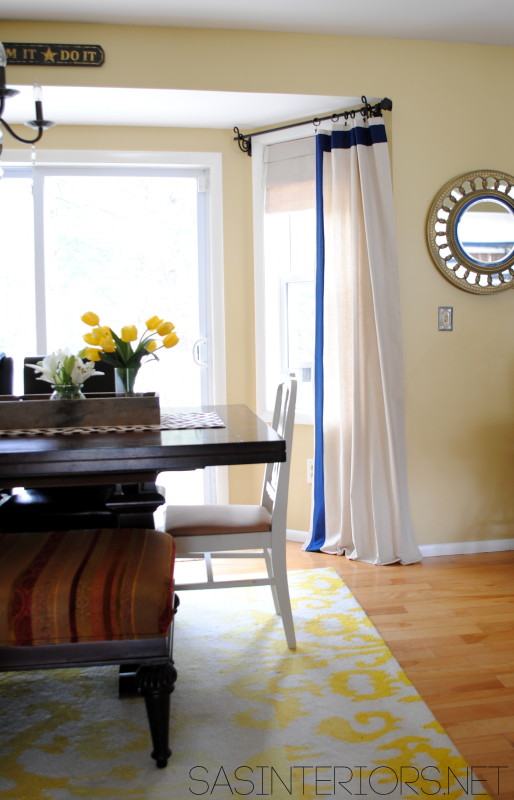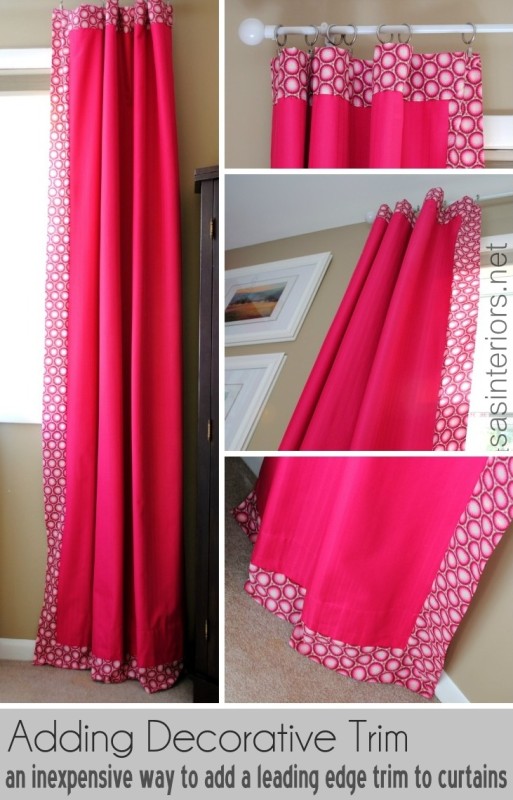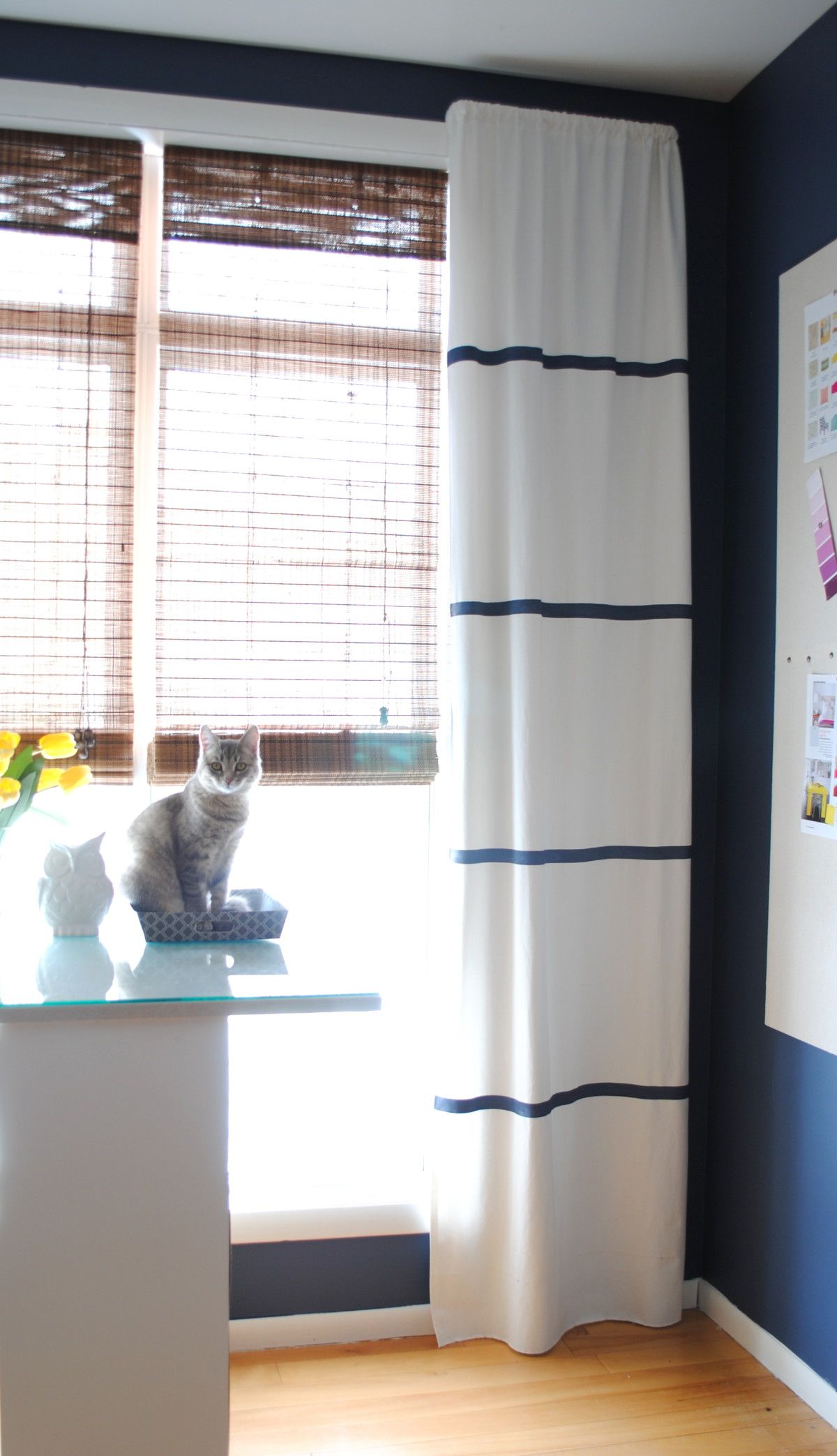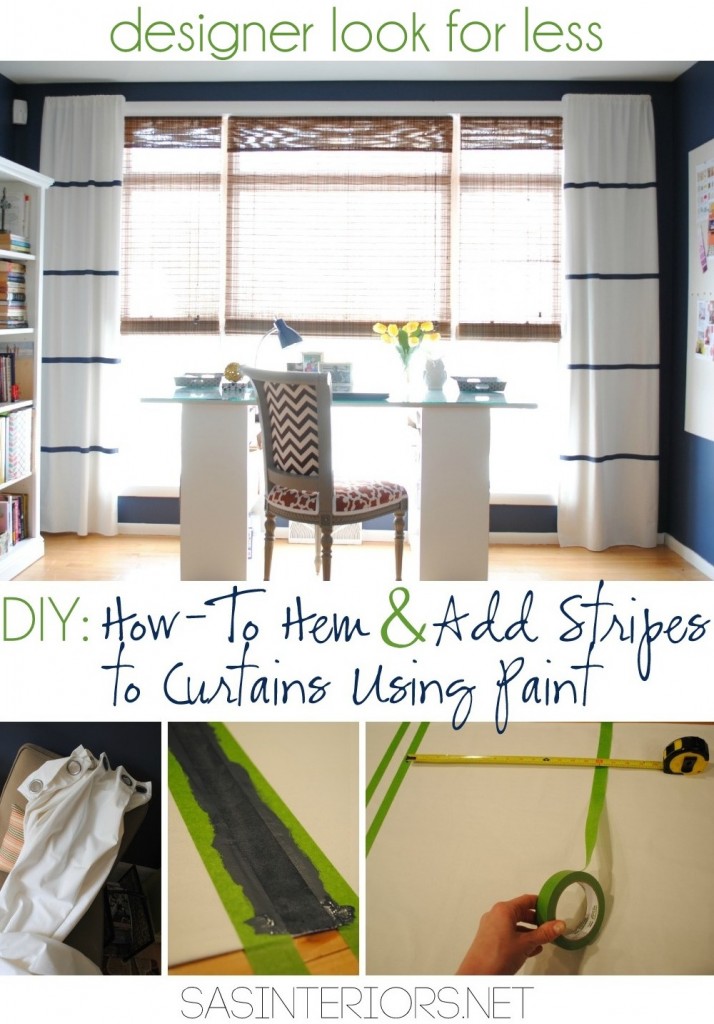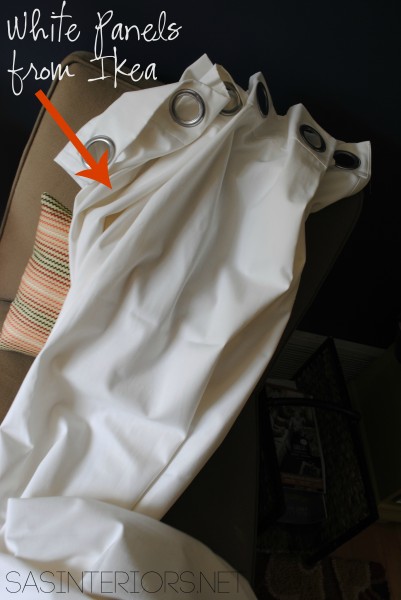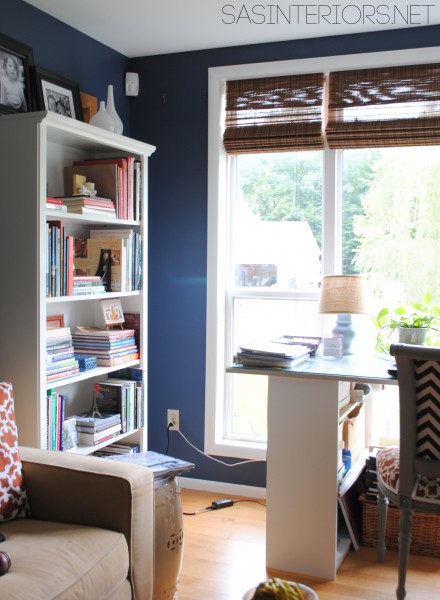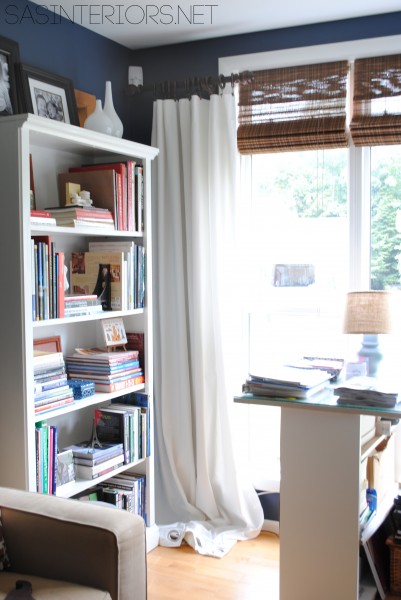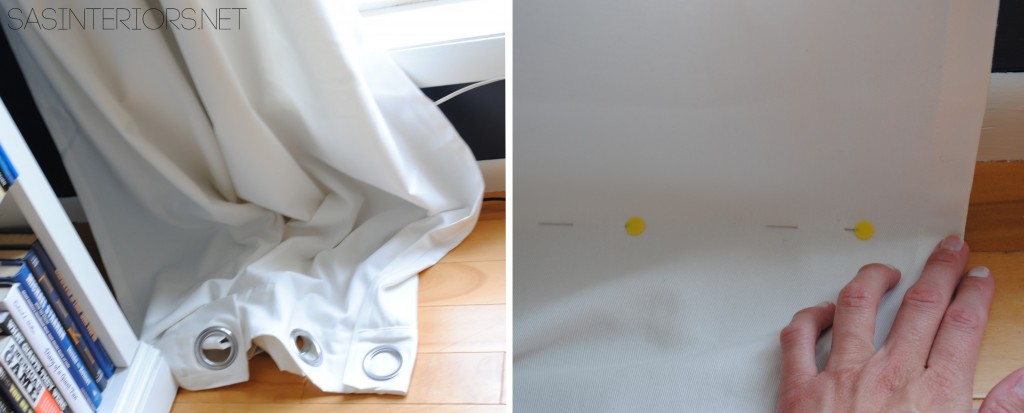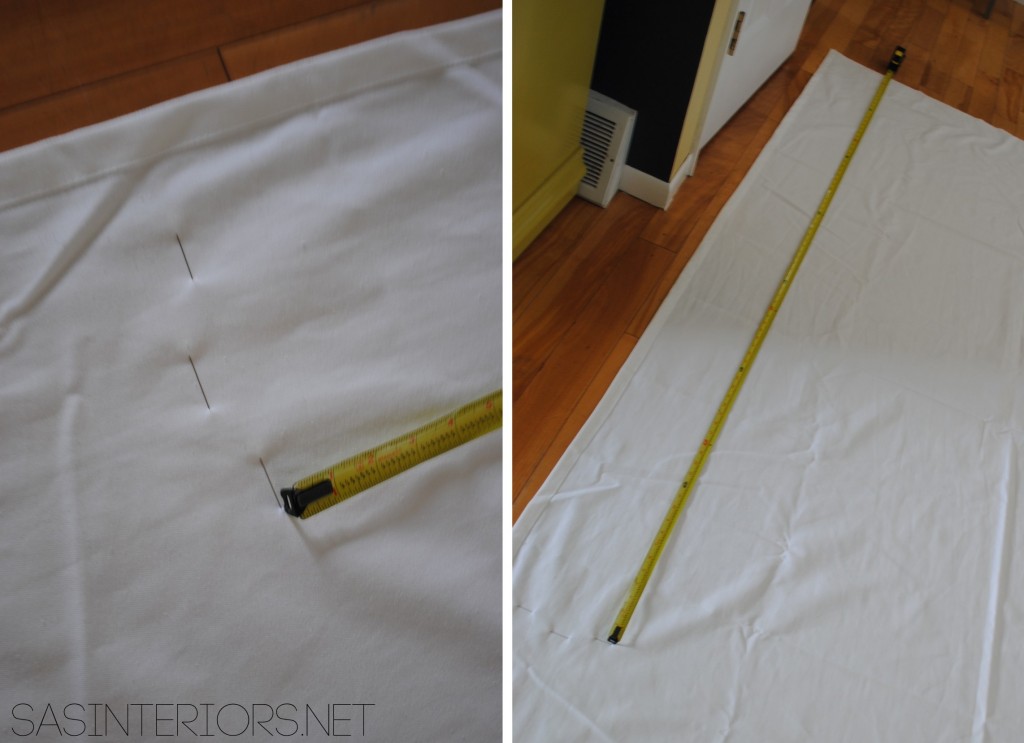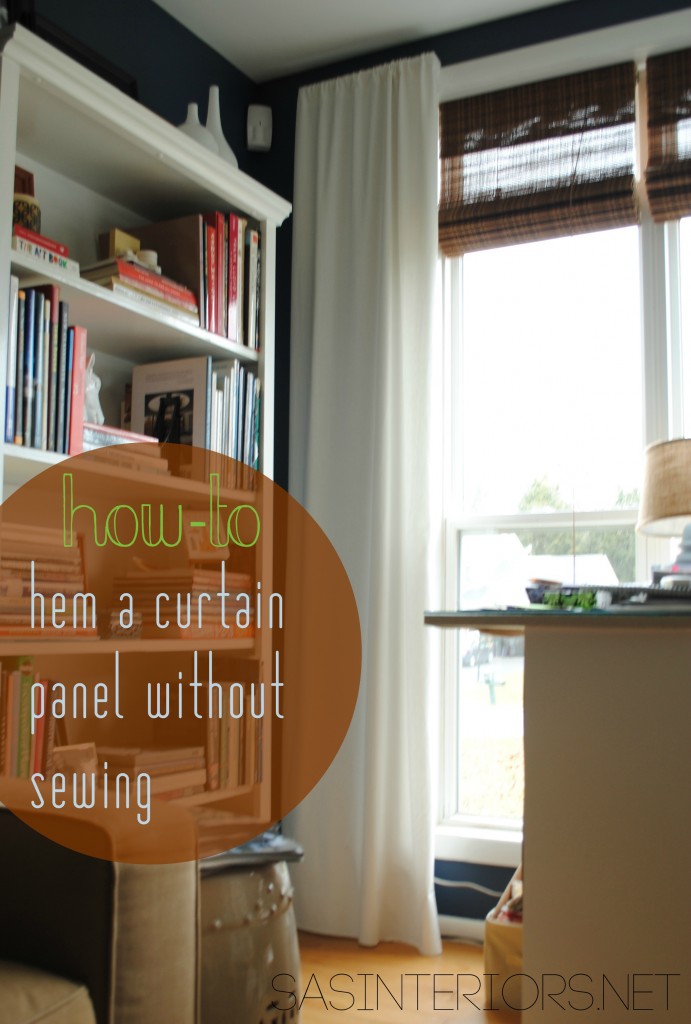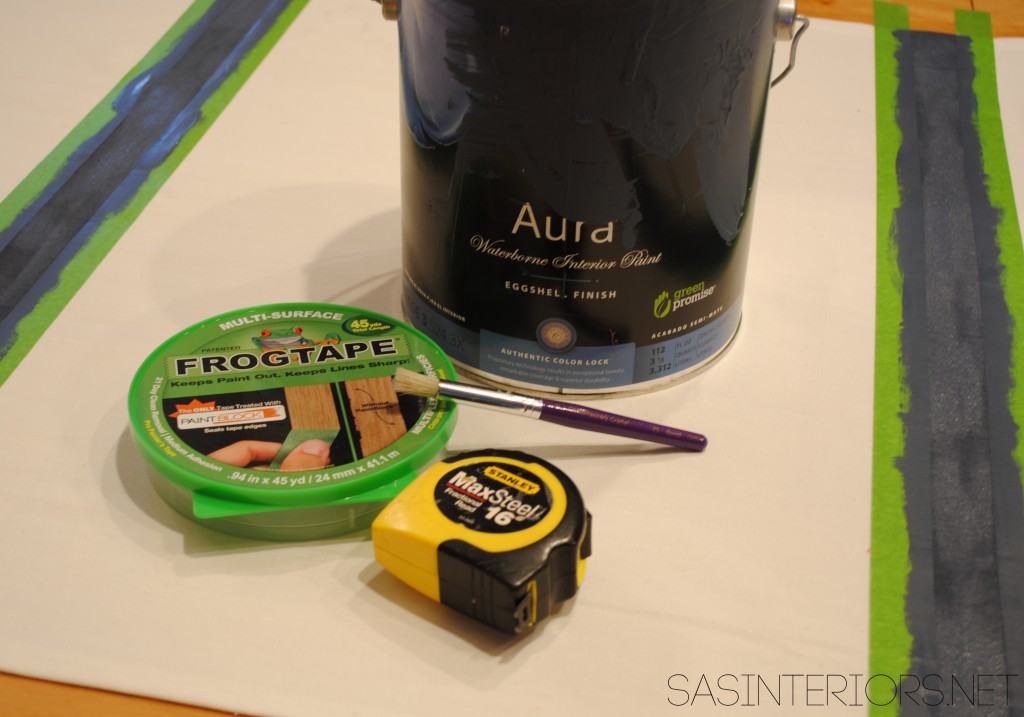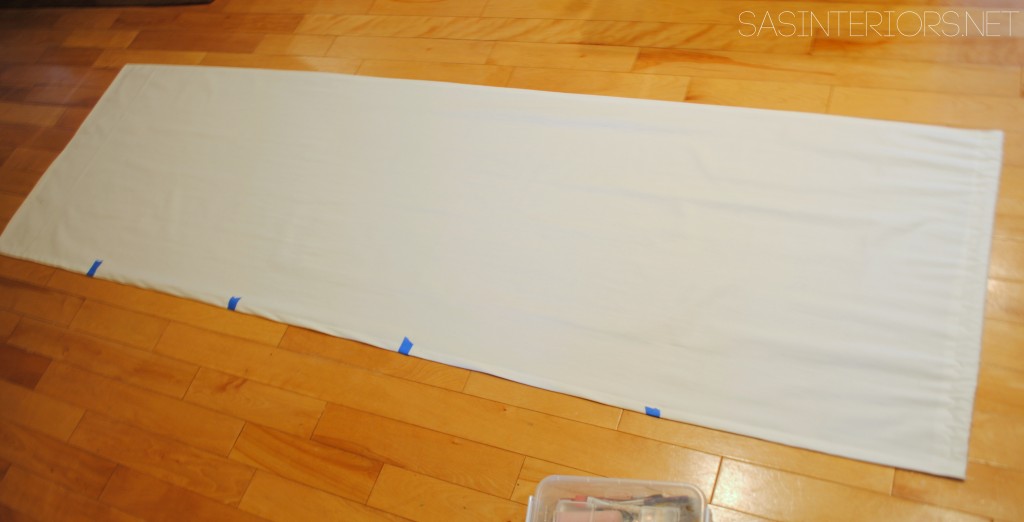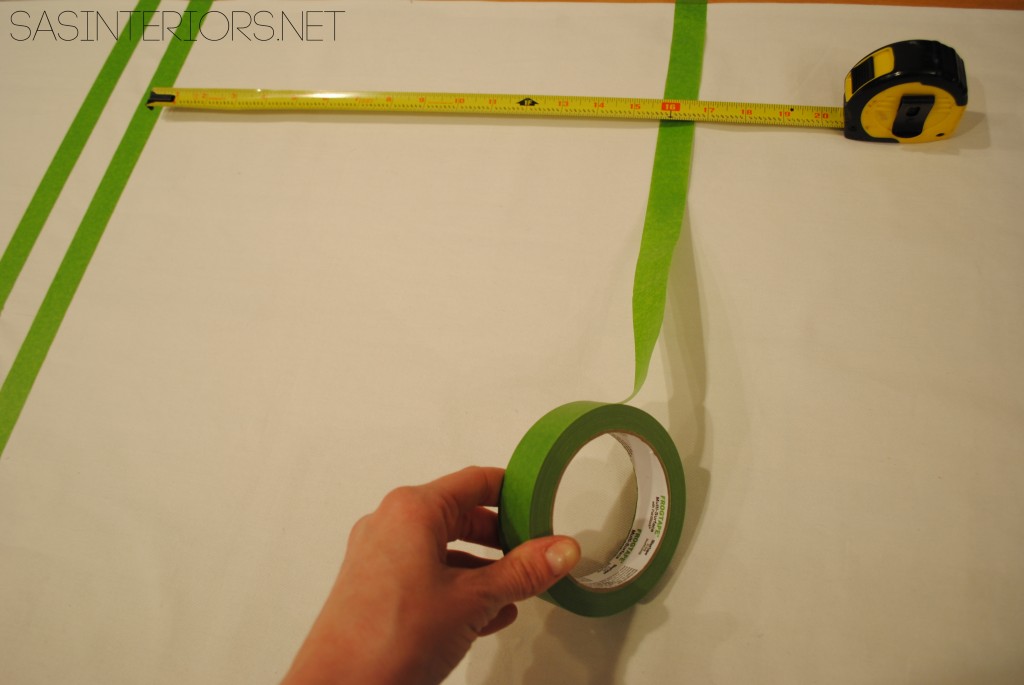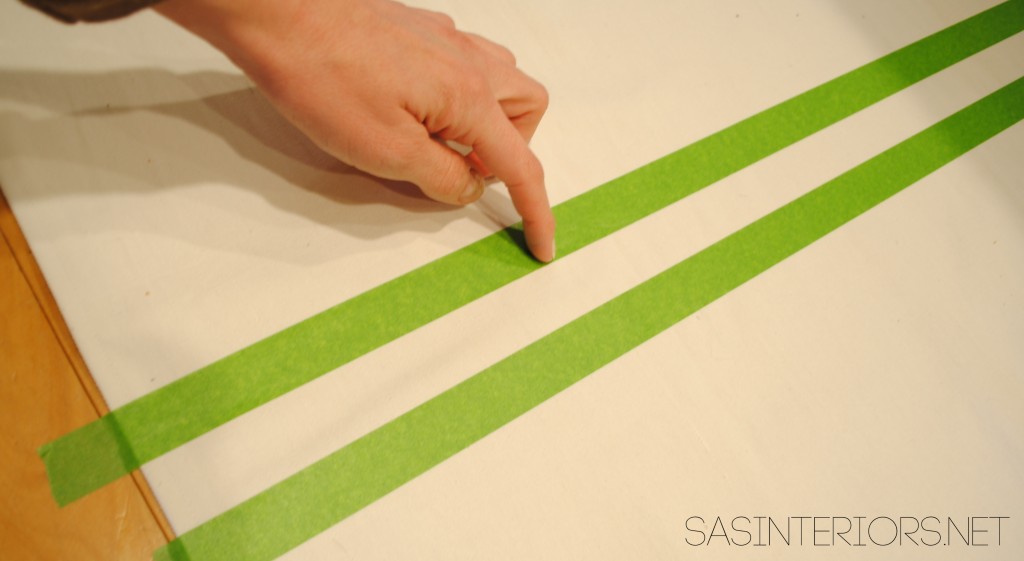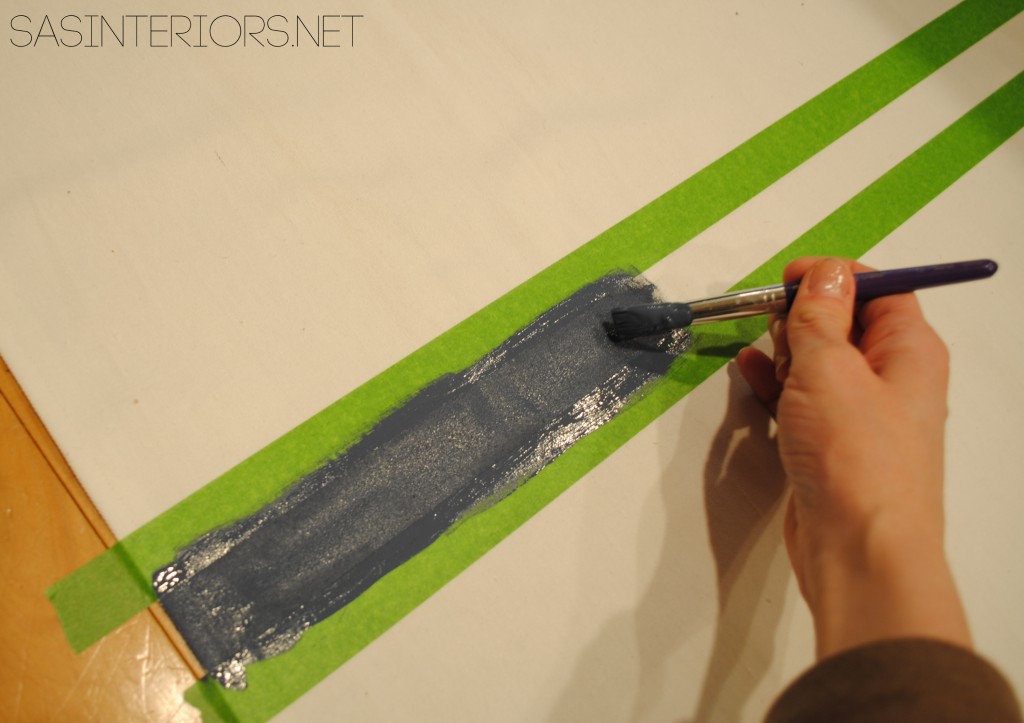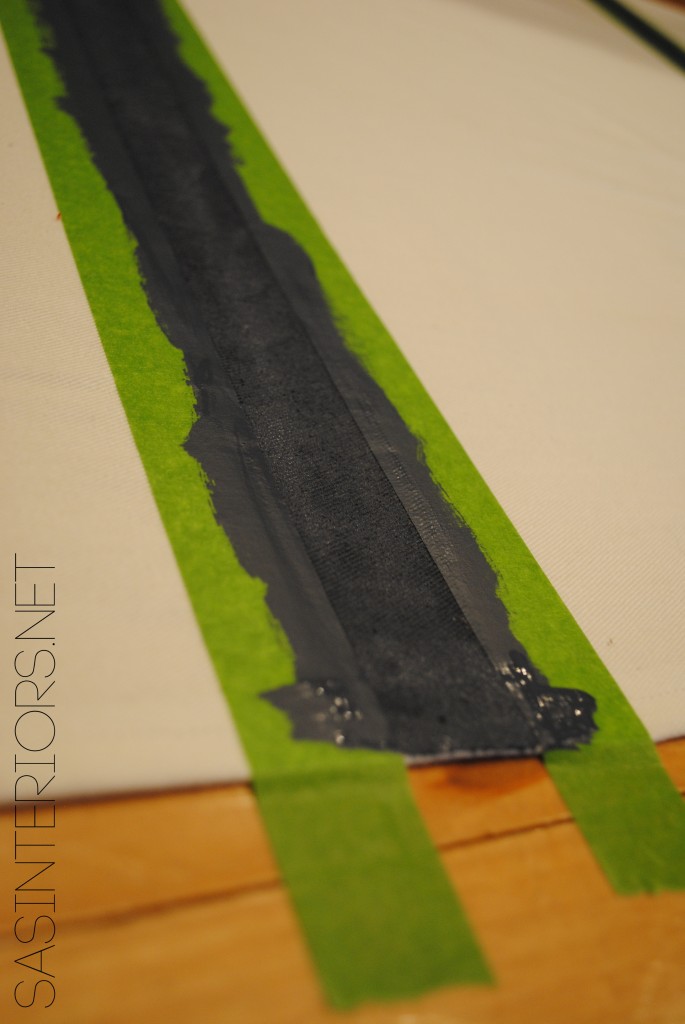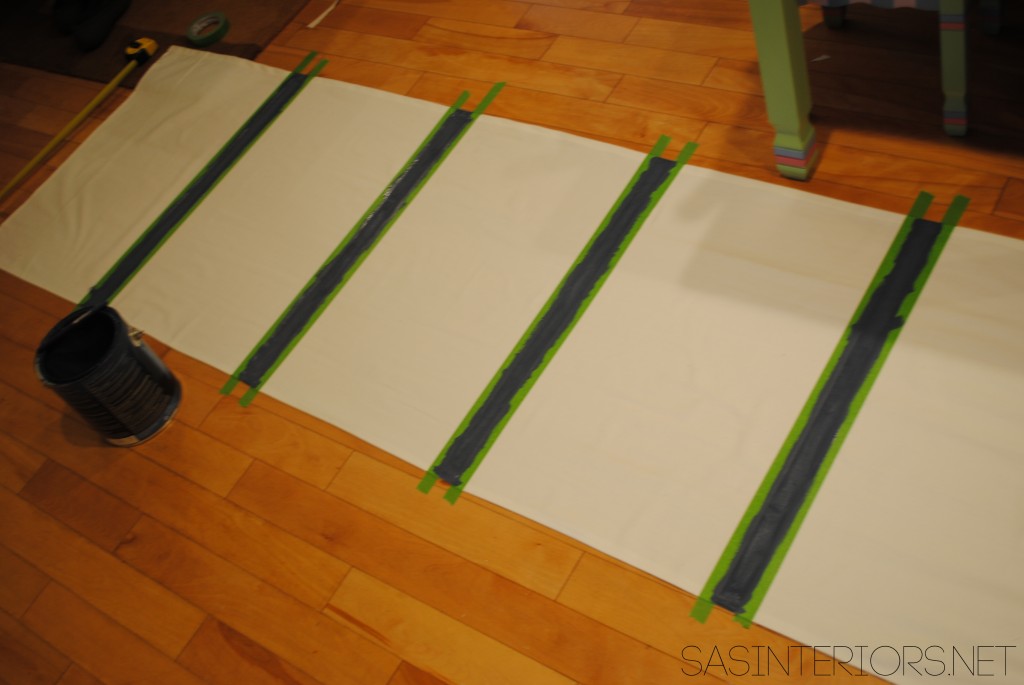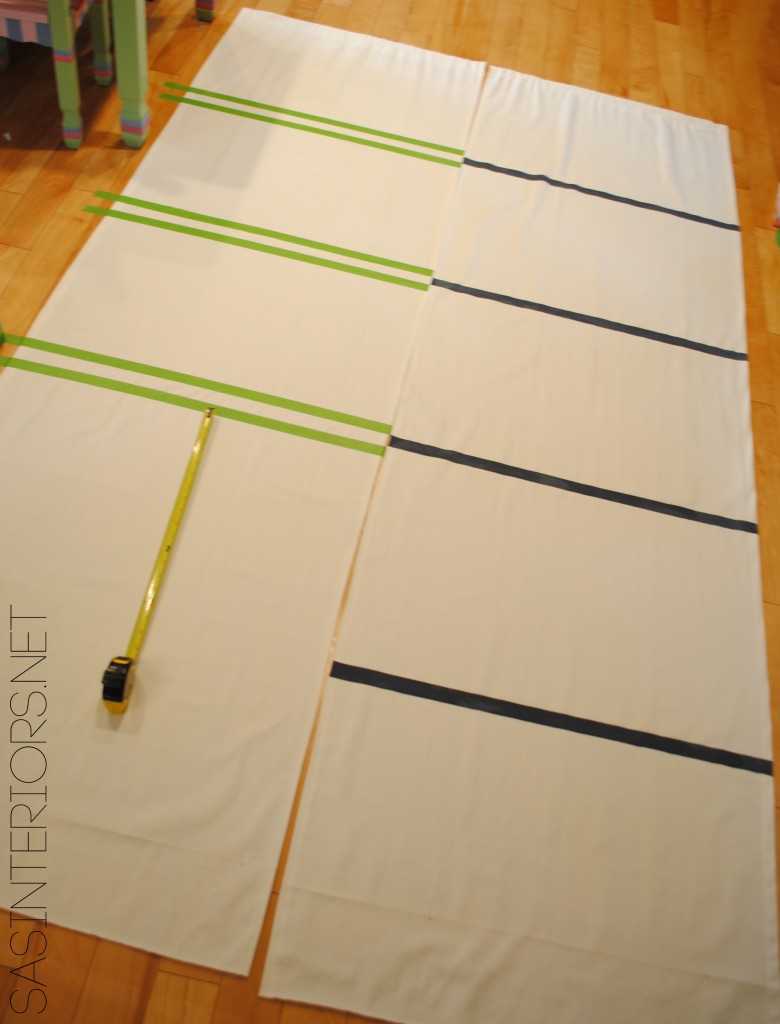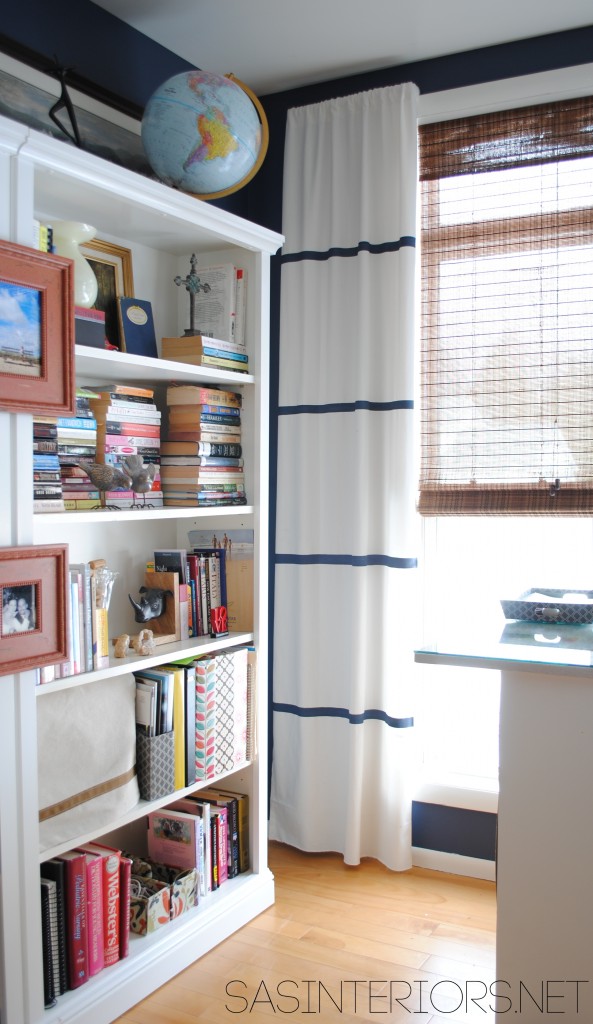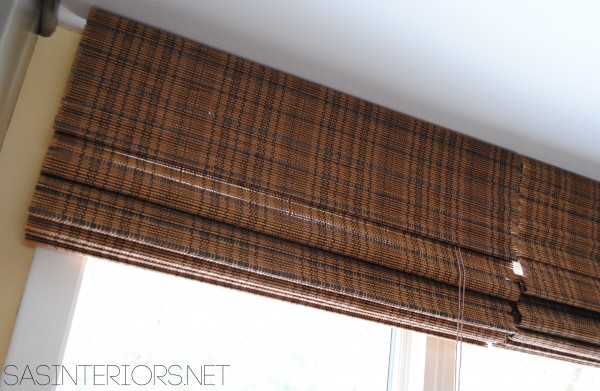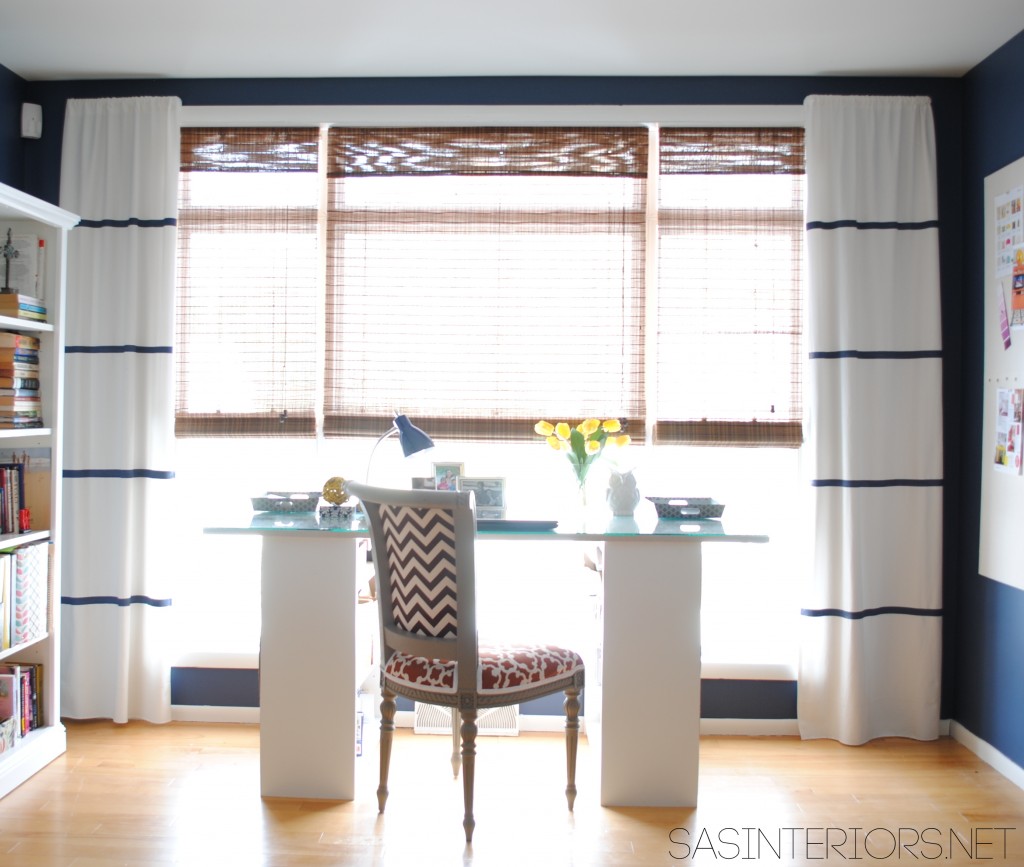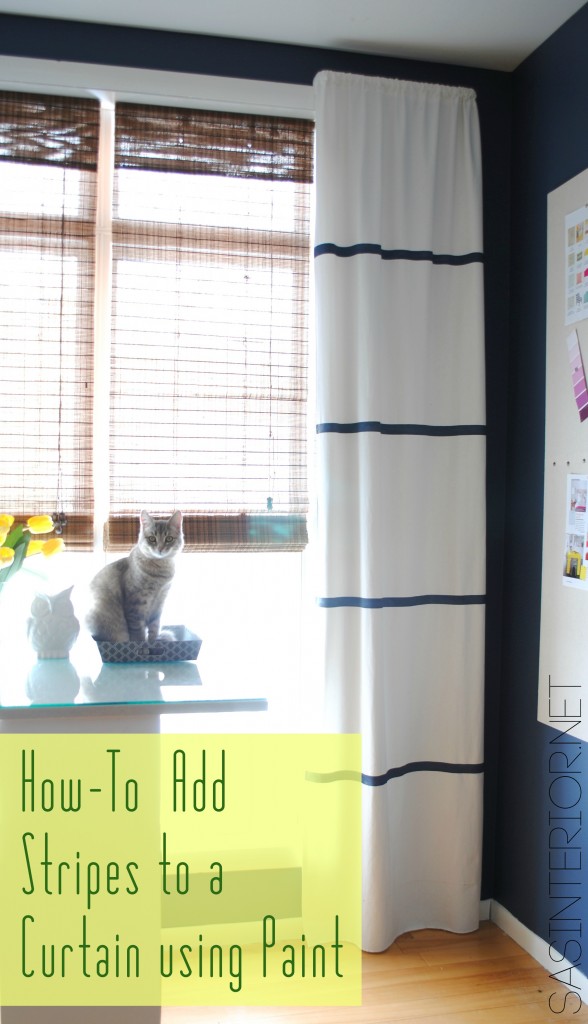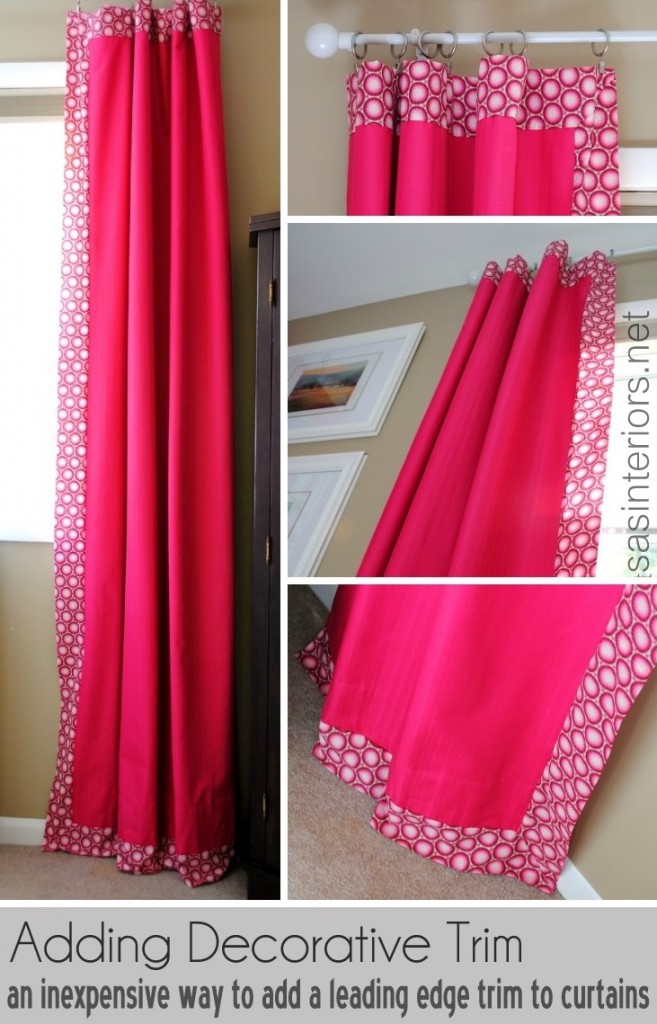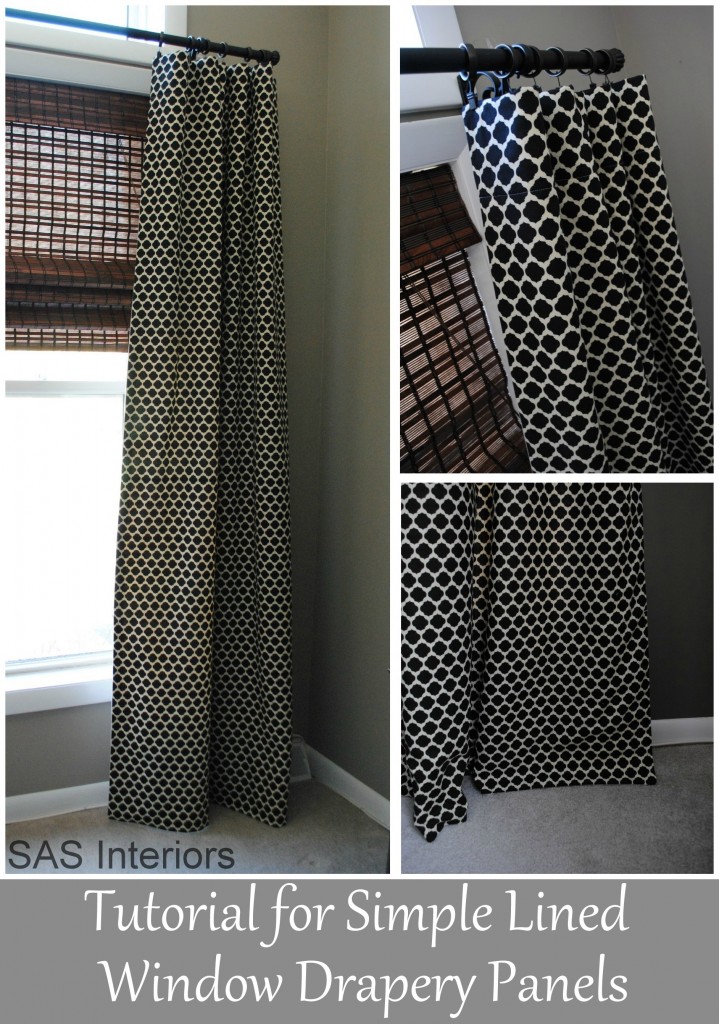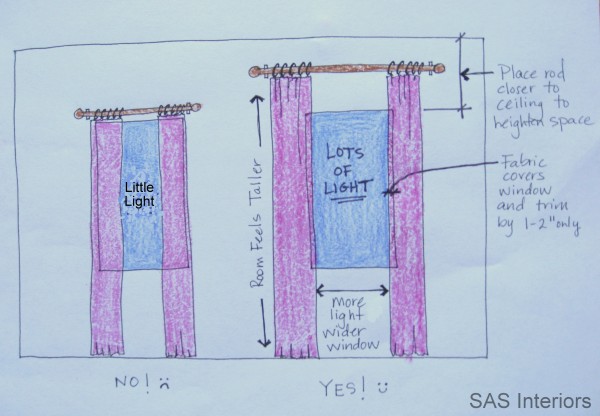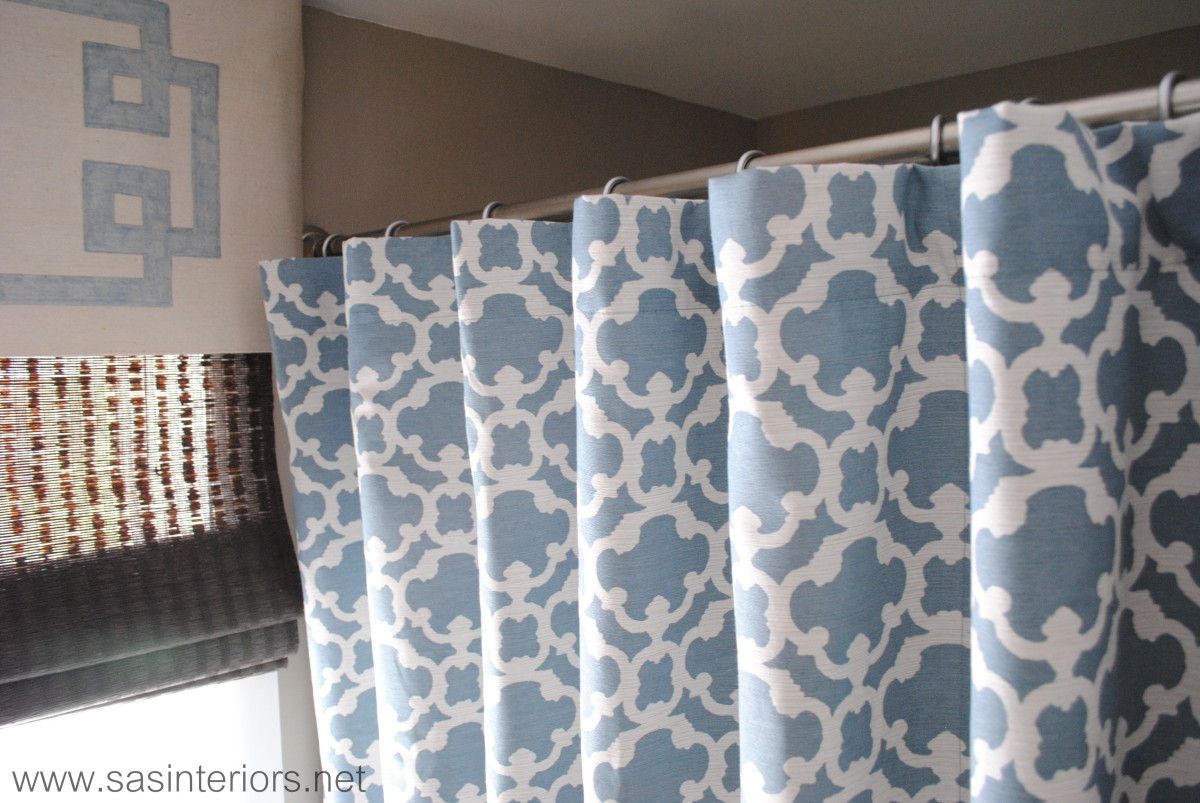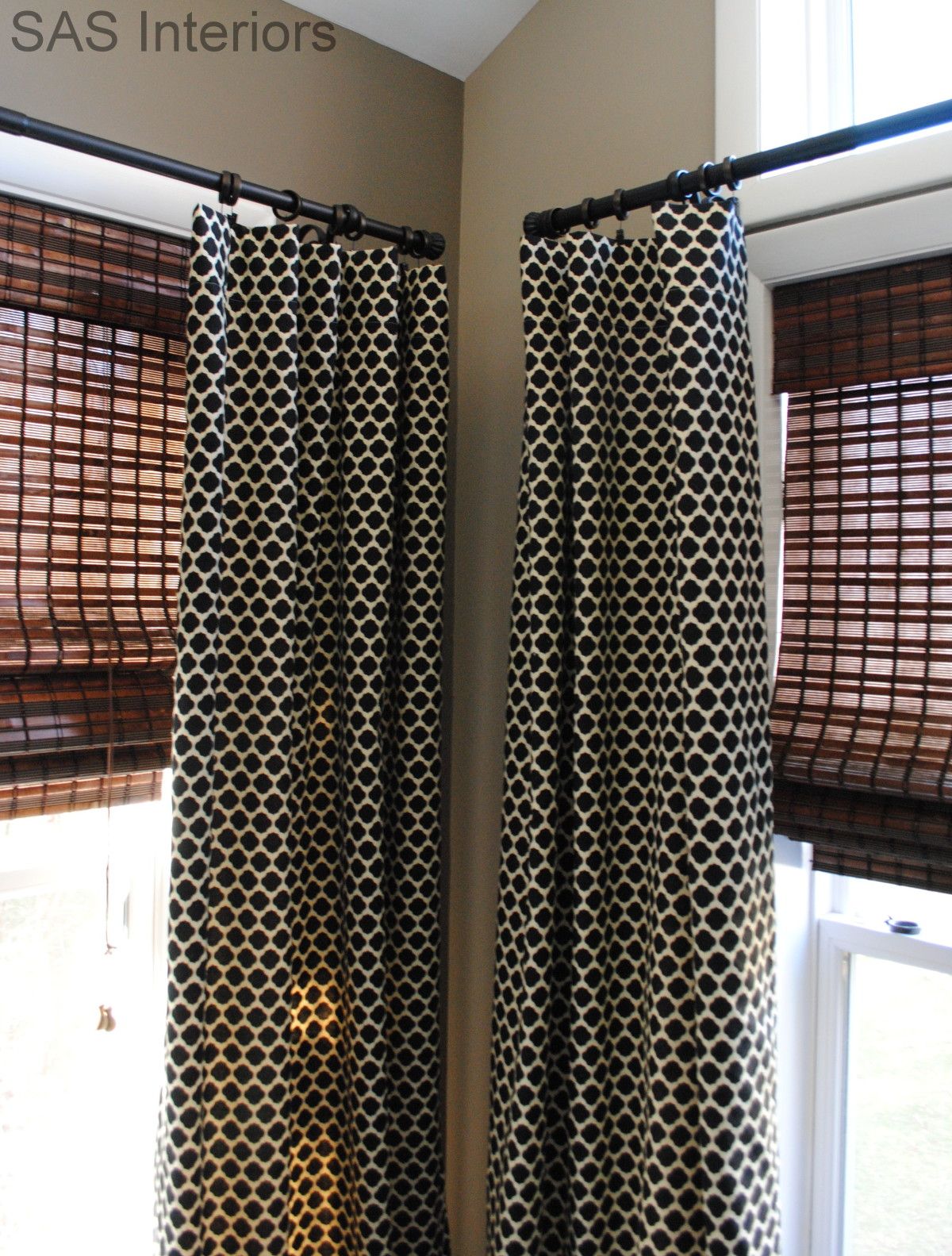DIY: Drop Cloth Curtain Panels with Leading Edge Detail
I’ll be honest, none of the window curtain panels in my home cost more than $50. Yet all are custom made. Not by an uber-expensive fabricator, but by me.
Store-bought and/or custom-made curtain panels can be very pricey, but the same look (or better) can be achieved by making your own. And guess what, it’s not difficult…
As the calendar turns and another Fall approaches, Lowe’s put The Team to the test this month to create a new window treatment for the home. I was in need (well more like a want) of new window panels for the dining room, so I knew it was the perfect spot to get my craft on.
I desired something simple, so instead of stopping at the curtain aisle for a typical drape, I headed towards the paint aisle and landed in the drop cloth section. confession: I can close my eyes and always find the drop cloth section… I’ve confessed my love for drop cloth before, but honestly it is The. Best. Material. hands down. You can do so much with drop cloth material. It’s not just for painters!!
Anyway, onto the new panels…
1. At Lowes, I chose a 6 ft. x 9 ft. size panel (about $10), then cut it in half to make (2) 3 ft. x 9 ft. pieces.
2. The panels are heavy enough, so I didn’t feel that a lining was needed, so I simply squared off the edges (drop cloth isn’t always perfectly straight), folded over the edges, and sewed all around.
3. Once the panels were complete, it was time to add the decorative leading edge. I chose a navy blue light cotton fabric which was the perfect contrasting complement to the lighter color of the drop cloth material.
And yes, that says $3 for the yard. In all these panels cost about $13!
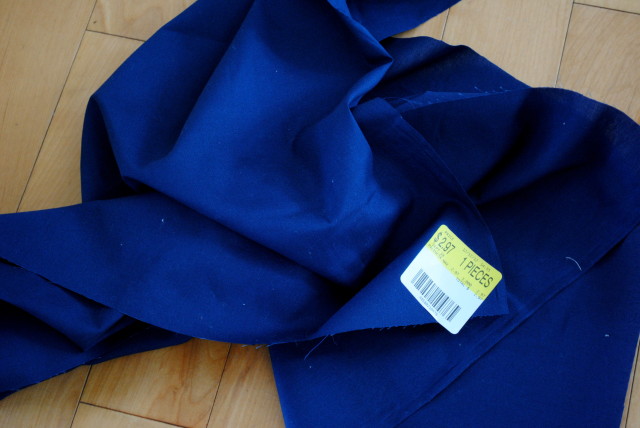 The color of the fabric is showing royal blue in this pic, but it is more navy in actuality.
The color of the fabric is showing royal blue in this pic, but it is more navy in actuality.
4. I layed out the fabric length-wise and cut as many 4″ strips as I could.
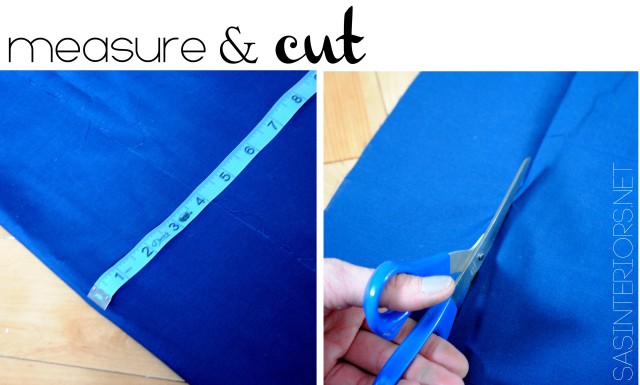 again showing royal blue… but it’s not.
again showing royal blue… but it’s not.
5. Then I folded over the two side edges 1/2″ each and ironed the seam flat.
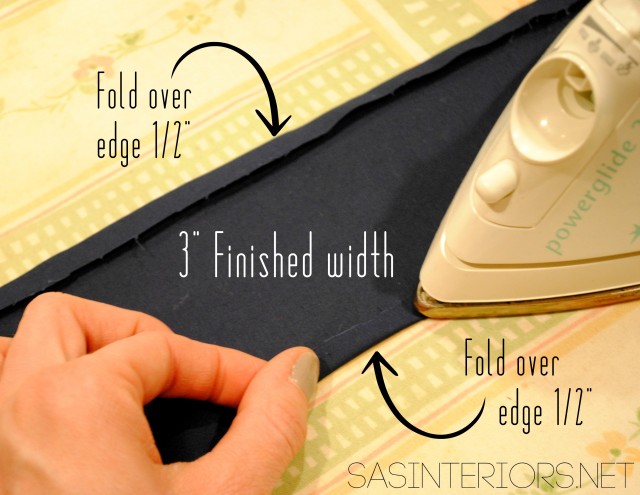 That’s the true color. I swear!
That’s the true color. I swear!
Sidenote: Because of the panel length (a typical panel can be from 84-96″ long), you may need to attach fabric strips to achieve one long strip. I did and before folding over and ironing the seam, I attached two strips and then I had enough length. Once sewn, iron the seam flat.
6. Once the seams were ironed, it was time to attach the decorative edge to the drop cloth panel. I decided to have 1″ of drop cloth exposed, then add the navy blue accent. I first pinned the navy fabric in place and sewed all along the edges using the same color thread.
And that’s it. A high-end look for $13!
The result…
The panels are hung by clip rings and have slight puddle at the bottom. They are the perfect addition for my dining space.
Other ideas + ways to achieve a high-end look for less…
- You don’t have to use drop cloth to create a similar window curtain panel. A similar detailed edge can be added to a store-bought curtain, similar to what I did in my daughter’s room. In her space, I actually added the decorative fabric to the outside edge of the curtain panel instead of on top of the fabric. The typical store-bought panel wasn’t long enough, but the added fabric made it the ideal length.
- If you are using a thinner fabric to create a window panel and want to have a heavier panel that will allow less light to shine through, check out what I did in my bedroom. Using drop cloth material (AGAIN), I took a regular weight cotton fabric and lined them. Depending on the fabric pattern, a decorative edge could be added to these style panels as well.
Ideas are limitless for what you can create for your windows!
Thanks to Lowe’s, I was able to create my most recent creation for less than $15. So next time your combing the paint aisle to grab some spray paint, don’t forget to check out the drop cloth section. Your mind will go bonkers with all that can be created!
Excited for the Fall and ready to tackle some home improvement and DIY projects? Lowe’s has it all.
Sign up for their free Lowe’s Creative Ideas Magazine, which is filled with ideas + inspiration! Plus you can always follow them on Pinterest and Instagram for even more great ideas!
Disclosure: I am so grateful to be apart of the Lowe’s Creative Team and was provided with a Lowe’s gift card to purchase items for my project. I was also compensated for my time to use the products. No one told me what to create, what to buy, how to use the product, or what to write. All opinions are 100% mine!
What have you made using drop cloth? Have you ever thought of jazzing up your window curtain panels to create a custom look?
